In the two dozen states where my travel ministry has taken me, I’ve found increasing worry among Friends and others about how divided our country is becoming. The worry mirrors the biggest mistake I’ve made in my professional life, a mistake with spiritual and psychological consequences.
About a decade ago, the sociologist in me was doing what we habitually do: pay attention to the dynamics of social cohesion and division. Even then the United States was clearly polarizing. One of the many signs at the time was the growth of the “birther movement”—the claim that Barack Obama was born elsewhere and therefore not legitimately the nation’s president.
Polarization works by seizing upon a difference and using it as a reason for distancing from, and even mistreating, others. Racial difference has for centuries been used that way, and still is.
Political polarization heightens prejudice of all kinds and even invents some new ones, as in “I won’t date a Republican!” Polarization erodes the political center because both poles attract people away from the center. At the same time, the poles may move farther away from each other. Behavior at the poles becomes extreme, and violence becomes more likely.
Political scientists have discovered that economic inequality drives political polarization. Since policies in recent decades have created greater inequality, we are experiencing more polarization. Division deepens, and can’t be stopped, while inequality widens.
The economic driver of inequality is far more powerful than civil discourse can manage. We might create small islands of shared understanding, but hoping to stop polarization through a general plea for polite dialogue is like grabbing a bucket to defeat a rising tide.
History Catches Me by Surprise.
As I observed polarization’s growth a decade ago, I began to worry. Polarization struck me as bad news. How can we Friends make progress in the world on our testimonies if most people are screaming and few are listening?
I was teaching at Swarthmore College at the time and researching the Scandinavian countries. I wanted to know how they’d invented what economists call “the Nordic model,” which brought their countries closer to the historic Quaker testimonies of equality, peace, and community than any nation had managed to do.
They started with big disadvantages: minimal resources, small internal markets, a peripheral position in a globalizing economy. The Scandinavians of a century ago were rife with poverty, scant opportunity, and little democracy. Their countries were small and homogenous, but those conditions had little positive effect on them. Many of their people were leaving.
Then—in the 1920s and ’30s—people’s movements nonviolently forced a power shift, allowing those very countries to begin their ascent to the top of the international charts. I wanted to know how they did it, so I took a closer look.
To my surprise, they made their big move at their most polarized period in modern times! Nazis were marching in Sweden, Norway, and Denmark, while at the same time Communists were organizing for a very different vision.
I was confused because this contradicted my belief that polarization prevents progress. I desperately made up stories. Perhaps Scandinavians were just weird? After all, they were mostly Lutheran. And they had a Viking heritage.
Clearly, I needed to look at more cases of polarization and social change.
Turning my mind to the United States, the 1930s leaped out at me. We had major polarization, with the growing Nazi movement filling Madison Square Garden for a 1939 rally and the Ku Klux Klan growing and lynching. On the left, the 1930s were the glory days of the Communist Party USA.
But in the midst of that intense 1930s polarization came the decade of the greatest American progress in the first half of the twentieth century! That’s when we gained Social Security and many other steps toward justice.
I fast-forwarded to the polarized 1960s, which actually continued into the 1970s. The Civil Rights Movement brought enormous contention. The Ku Klux Klan bombed churches and killed Black people while American Nazis grew once again. The “Thanksgiving Dinner problem” arose in families: shall we bring together relatives who are sure to fight about the Vietnam War? On the left, we saw the Symbionese Liberation Army emerge along with the violent Weather Underground.
My judgment about polarization was left in tatters. I couldn’t deny that the polarized 1960s and ’70s was the greatest period of U.S. progress for Quaker testimonies in the second half of the twentieth century.
Clearly, I was badly mistaken about polarization. Yes, it includes upset, extremism, and even violence. On the other hand, it’s sometimes associated with major progress toward equality, peace, and justice.
I write “sometimes” because the polarization in Germany and Italy in the 1920s and ’30s did not facilitate progress; the outcomes were totalitarian regimes.
I Allowed the Evidence to Alter My Limited Judgment of Polarization.
Vexed, I kept thinking about this while book touring among Quakers and others in the United Kingdom. By 2016 my book Viking Economics was out and was named book of the week by Times Higher Education.
In Glasgow, Scotland, I received Quaker hospitality from artist John Creed. I wandered about his house, amazed by the beauty of the metal sculptures he’d made, and asked him how he could do that with metal.
He proudly showed me the forge in his workshop. “I had to apprentice with a blacksmith to find out how to work with metal. Otherwise, it’s much too stubborn to do what I want it to do. I need to heat it up to make it malleable.”
I’d been searching for a metaphor, and I found one. Polarization is like a blacksmith’s forge: it heats up society, making norms and institutions malleable and easier to change. A forge doesn’t have an opinion about the outcome: the heated metal can be made into horseshoes or junk or beautiful art. It’s up to the smiths and the artists to decide. Likewise, polarization’s heat can result in a fascist society or the Nordic model of democracy and economic justice. It’s up to the social movements and how they use their expanded opportunity.
In the 1930s and ’60s some American Quakers joined social movements while the forge did its work. We did in fact make more positive changes, and that’s worth celebrating. Compared with the Scandinavians, however, our country was burdened with the dead weight of centuries of racism and other challenges. Our movements couldn’t do what the Nordics did in their polarized period, which was to push their economic elites aside and create the space for honest democracy.
To our credit, some of us didn’t distract ourselves with fear and fascination with right-wing extremism and go into quietist or defensive mode. We got on with our jobs, like the blacksmiths and metal sculptors we were, and created positive changes.
If we do the same now, we’ll find more opportunities for big change than we did in the ’30s and ’60s. That’s largely because the forge is getting hotter than it was then; the climate emergency adds its own heat and urgency. Another reason is the degraded legitimacy of our government and economic system; political scientists note that declining legitimacy supports greater opportunity for change. Also, our society as a whole is no longer as rigidly mired in sexism, racism, homophobia, ableism, and other limitations that reduced movement effectiveness in the twenty-first century’s big political moments.
Finally, from successes in previous decades, we can learn valuable lessons about our craft, our art—about how we win.
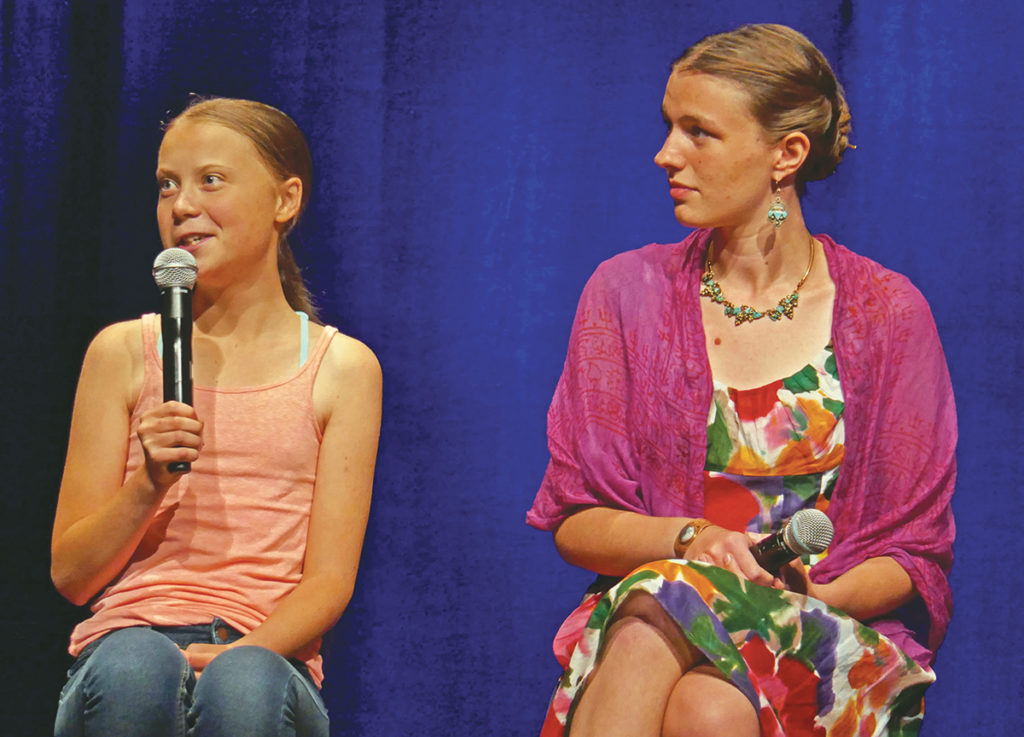
Quakers Grew in Polarized Times.
Accepting an evidence-based view of political polarization offers a new lens for looking at the Society of Friends. Black civil rights leader Bayard Rustin, a Quaker, famously called for “angelic troublemakers.” His call reminds me of early Friends in the seventeenth century.
Quakers arose in a period of extreme polarization, where in 1649, the English King Charles I was beheaded. Contention was everywhere. And so were Friends, standing on that day’s equivalent of soap boxes, speaking in the market squares. Debates were not polite. George Fox was so notable for his warrior spirit, surrounded frequently by soldiers eager to make his acquaintance, that he was offered a commission in Cromwell’s army.
The remarkable growth of the early Quaker movement was consistent with Fox’s vision: a mighty force of sin and violence (in the language of the day “an ocean of darkness”) and an even mightier force of love and justice (“an ocean of light”).
Unlike the doomsayers of his day, and of our day, Fox did not dwell on bad news. He saw a pathway to personal and social transformation. He organized a social struggle, “the Lamb’s War,” led by the spirit of transformation itself that he experienced as Christ.
Simply put, Fox preached the Good News in the midst of contention. And the growing Quaker movement went into action, as far away as Puritan Massachusetts where a theocracy was besieged by what I’ve called a Quaker jihad. (The theocrats lost; the Quakers won.)
Three centuries later in the United States, some Quakers were moved by this core revelation to move boldly into the arena of contention created by the polarization of the 1960s. We risked jail and death for justice and peace. That was noticed by seekers around us, and the Society grew, in sharp contrast to the membership statistics today.
In recent years of traveling coast to coast in the ministry supported by my meeting, I’m asked frequently to be with Quaker children and youths. Many of them already know that their future is ruined if older Friends, and other people too, won’t stand up for them and boldly join today’s arena of contention. The Swedish teenager and climate warrior Greta Thunberg is famous worldwide because of the receptivity of young people to her message, acted out through school strikes, and I find that Quaker children hear her. It’s not that Thunberg’s message is new. What matters is her massive integrity. Her words are matched by the boldness of her deeds.
The arousal of youth doesn’t mean that older Friends get a pass on boldness. I’ve heard anger and disappointment from young adult Friends about older people “dumping on them” the responsibility to go forth and save the world.
Such an adult attitude is the opposite of integrity; it’s a confession of adults’ timidity and lack of faith. What Quaker children want to grow up to become members of a Society that won’t stand up boldly for its children?
When I was a teenager exploring Quakerism—while the forge was heating up in the late 1950s—I watched older Friends encouraging and pushing each other toward integrity. I was not surprised that the Society of Friends grew in numbers in the 1960s. As in polarized England three centuries earlier, the boldness in expressing a positive vision stood out.
After all, in scary times, don’t people naturally look to those with the confidence to act boldly?
The First Step May Be to Give up the God of Quaker Process.
Environmentalist Bill McKibben is often asked, “What can I do as an individual to meet the climate crisis?” He often answers, “Stop being an individual.”
I find many Friends assuming they should bring their concern to a Quaker structure, like a Social Concerns Committee or a monthly or yearly meeting. In recent times, these formal Quaker structures have become famous for their lack of boldness and for chewing up time and energy while failing to act prophetically.
McKibben is right that American individualism weakens us but so does turning to a group that structures itself in a way that stops boldness in its tracks.
The bold anti-coal actions of New England Friends and the campaigns of Earth Quaker Action Team (EQAT) are two examples of concerned Friends turning from the hobbling effects of Quaker process while still acting collectively and drawing on the strengths of spiritual practice. It’s not uncommon, for example, for EQAT members who are about to be arrested to drop into silent worship; I’ve seen police officers switch off the radios at their belts in respect for the silence. It’s no accident that children and younger Friends are frequently part of EQAT actions.
In polarized times, the new test for Quaker structures is to measure how many Friends it is supporting to be bolder than before (in collective contexts), more able to take risks for their faith with others, and more able to come through for the children by choosing strategies that have a chance of winning.
The increased opportunity brought to us now by polarization also invites us to lean on Spirit. I do find the violence, the “cancel culture,” and other negative symptoms of polarization to be scary as well as heartbreaking. I’ve cried over the morning newspaper. My teeth sometimes chatter when I look rigorously at what we’re up against. Those are some of the times when I experience Jesus closest to me.
The good news for us now is the same as that experienced by early Friends, who were in turn inspired by the early Christians: we can rise boldly through anything if we’re deeply in touch with Spirit and each other.


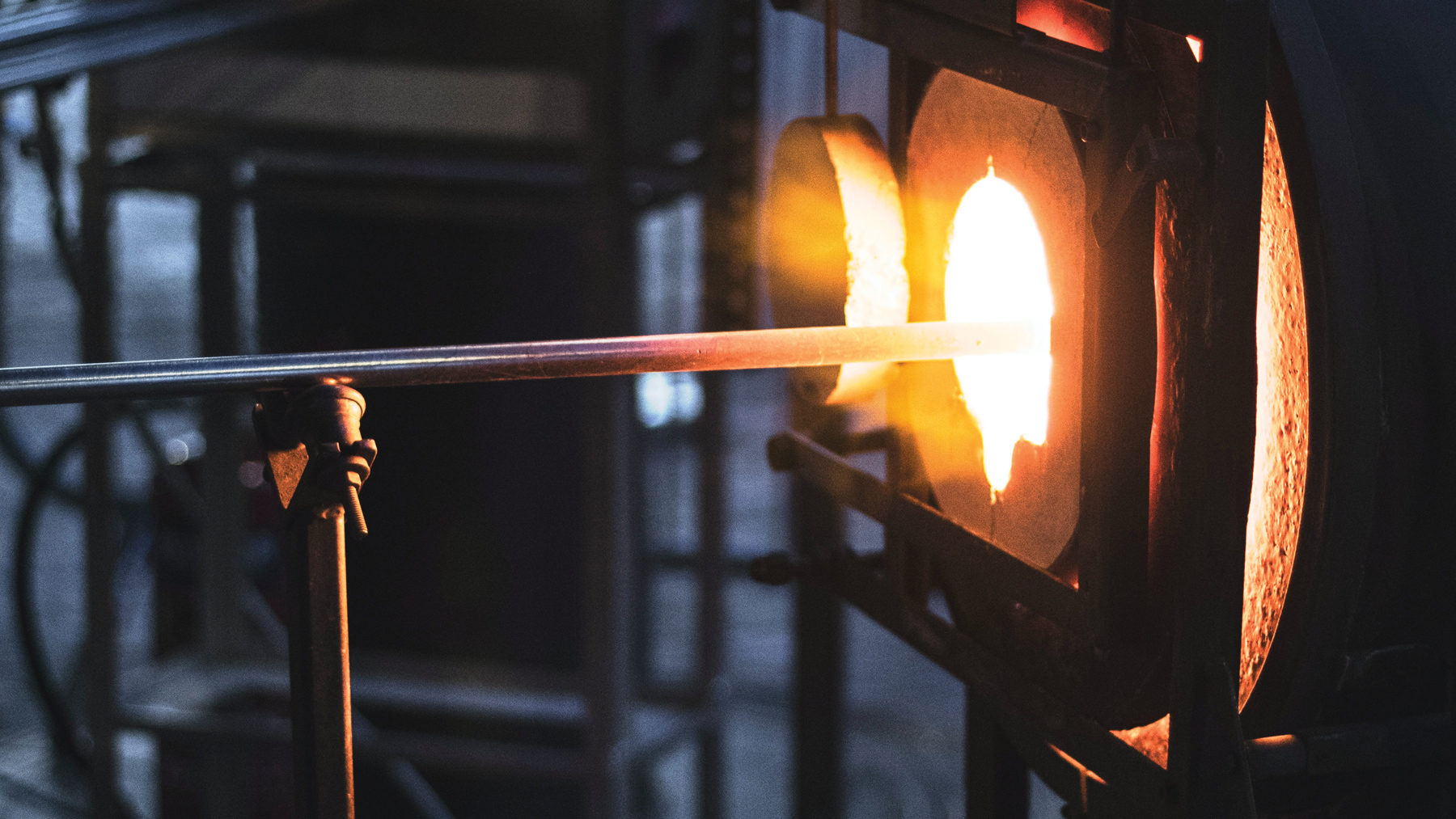
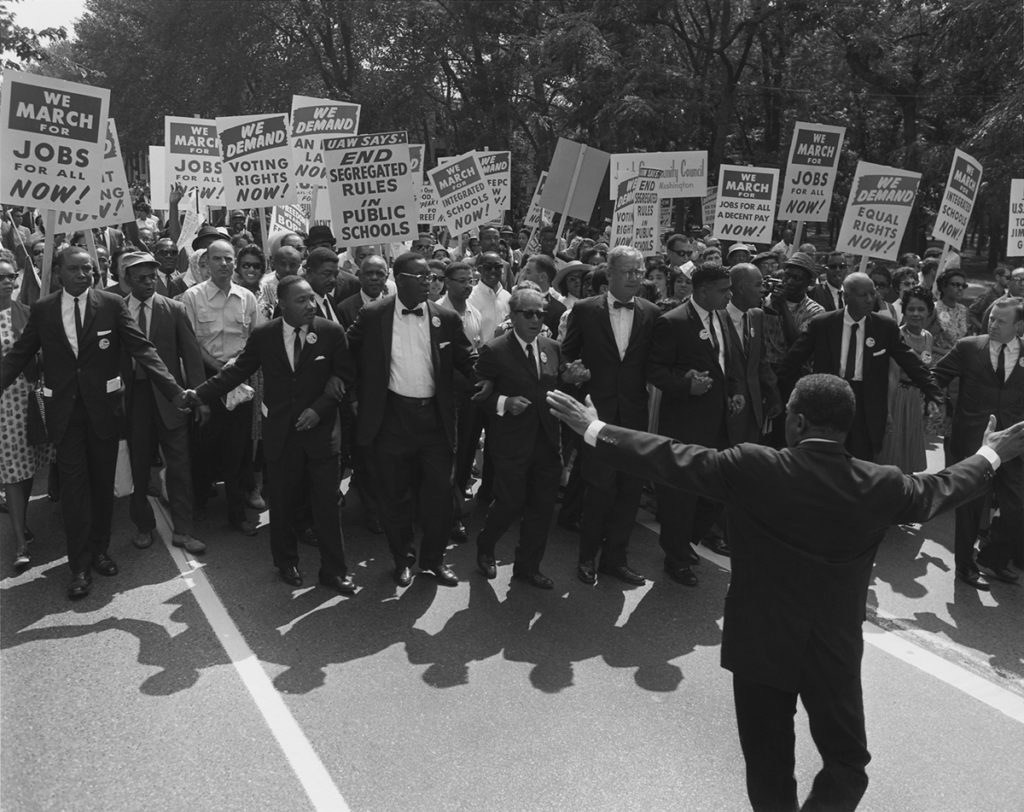
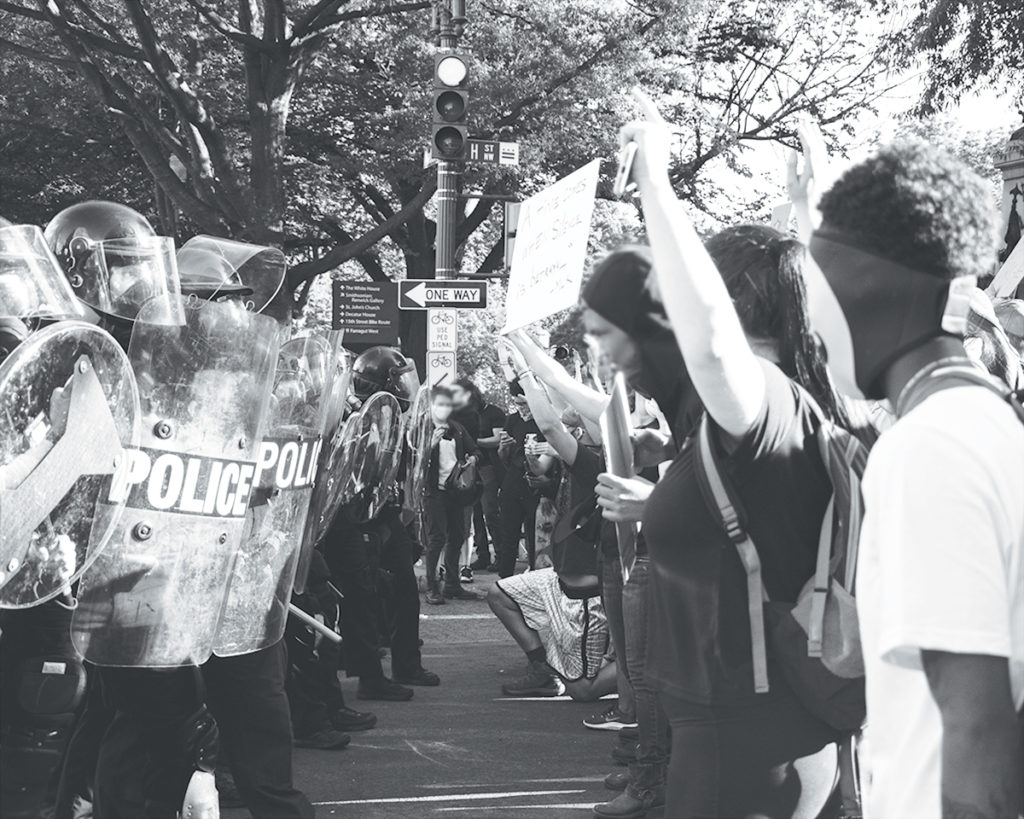
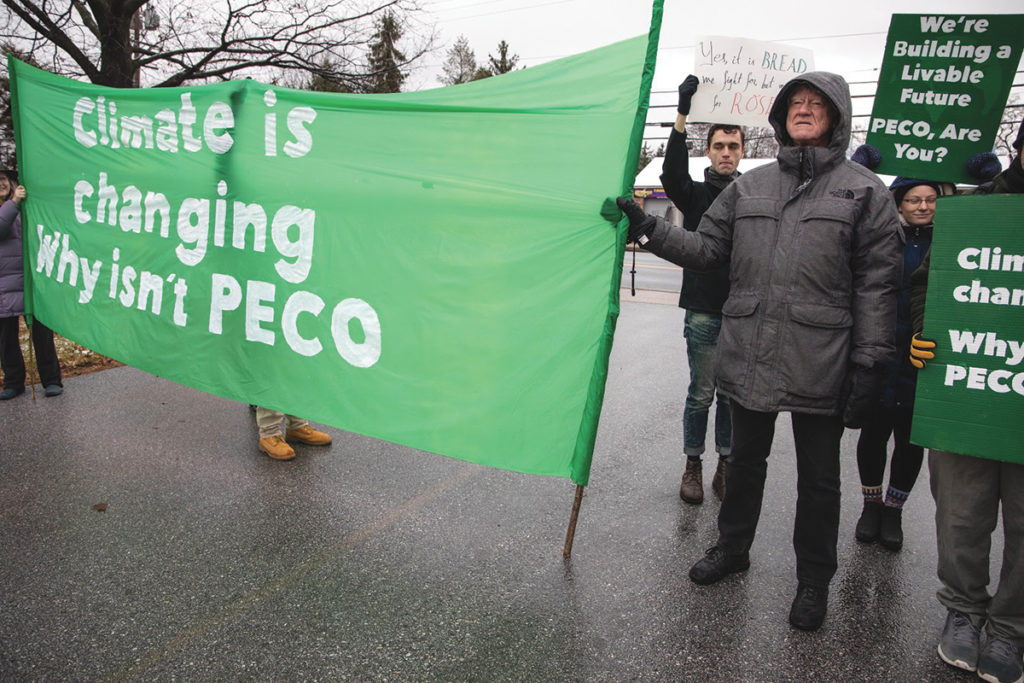

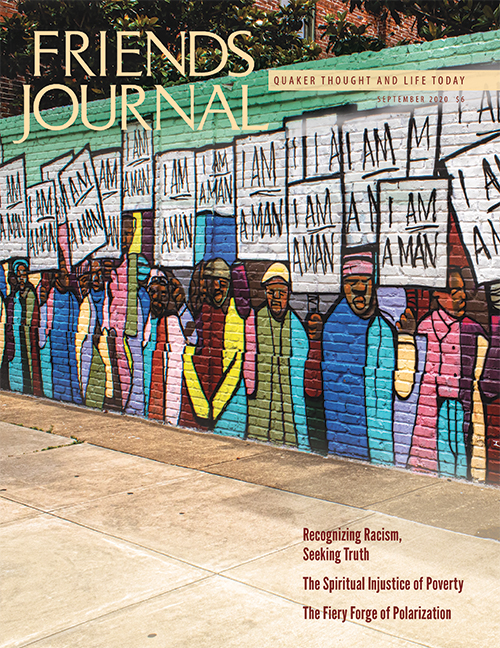


One of the factors that contributed to the rise of social welfare is Scandinavia in the late 1800s and early 1900s was disastrous military losses. Denmark lost maybe one-third of its territory in the mid-1800s. People learned experientially that their survival and strength couldn’t rest on military might. They strengthened themselves in different directions. Danes are proud of their anti-militarism. In Scandinavia, there is a strong sense of not wanting to be like the US. We stand as an oversized example of a country that never grew up.
The photo illustration used for this article isn’t a forge, it’s a furnace for glass blowing. That makes me question how accurate the details of the article are.
Hello George.
Your visit to Glasgow was memorable for us too. Your article has a lot of food for thought. Gisela and i visited Norway last year and we experienced the positive comments you give.
The comment by Jane Downes is true but it does not alter the metaphor. In fact it corroborates it by implying the use of any sound heating source as suitable. I use both a traditional open hearth and a gas kiln. The latter is more eco friendly. Some blacksmiths are now using induction furnaces energised by photo voltaic panels.
With warm wishes and regards from John Creed.